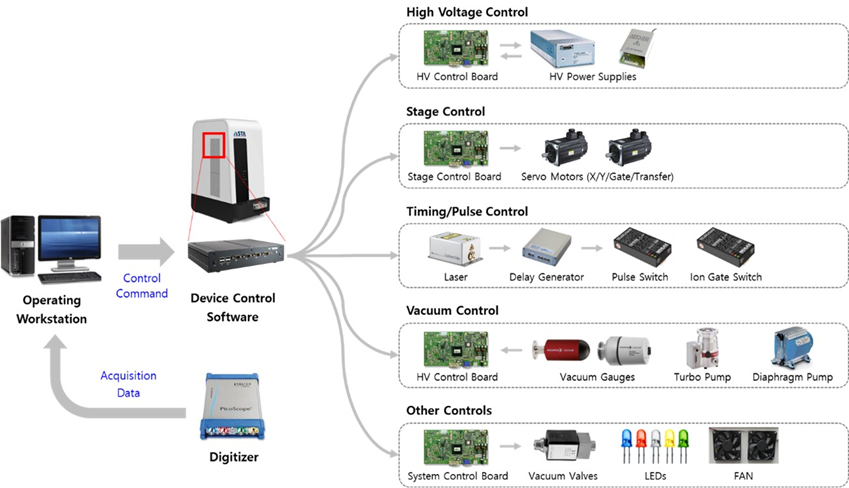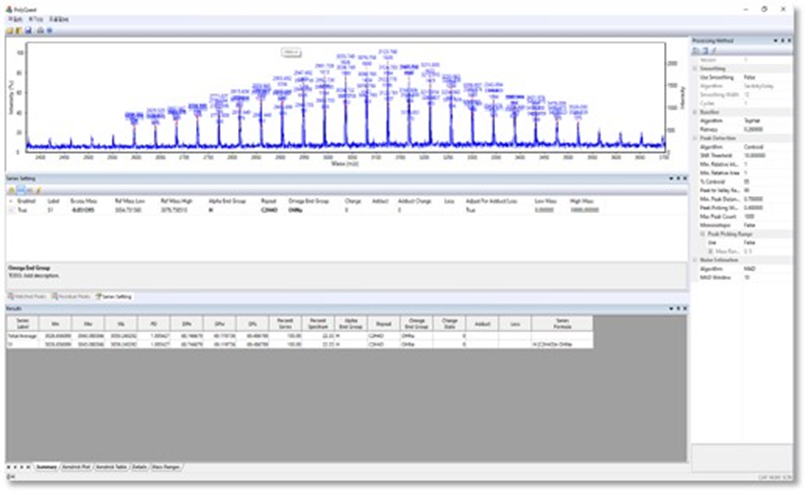Our Innovations in Mass Spectrometry and Diagnostics
Our Research
- Database Management for Cloud Diagnostics
- Cloud Platform Development
- Advancements in AST
- Optimal Clustering for Cancer Diagnostics
- Virus Identification for COVID-19
Our Patents
Shot-to-Shot Sampling
- US Patent No. US10,607,823 (March 31, 2020)
- Korean Patent No. KR10-2258865 (May 26, 2021)
Categorization in Cancer Diagnostics
- US Patent Nos. US10,319,574 (Jan. 11, 2019)
US10,910,205 (Feb. 2, 2021) - Korean Patent No. KR10-2258866 (May 26, 2021)
Time Intensity in Cancer Diagnostics
- US Patent No. US10,497,553 (Dec. 3, 2019)
- Korean Patent No. KR10-2556075 (May 18, 2021)
Virus Inactivation Solutions
- US Application No. 20190374665 (Pending)
- Korean Patents Issued: KR10-1894171, KR10-1894172, KR10-1894173

About Us
Founded in 2016, Highland Innovations is located in New Jersey and specializes in creating and managing software for MALDI-TOF technology. We focus on continuous research and development to deliver innovative software applications that make use of MALDI-TOF in various applications. Our goal is to contribute to advancements in the field, providing simple and effective solutions for our clients and the scientific community.
Software
Interested in Highland Innovations?
Reach out to our team
angela.j.hong9@gmail.com
22 Ave at Port Imperial #401
West New York NJ 07093
(c) Highland Innovations 2024 All rights reserved










